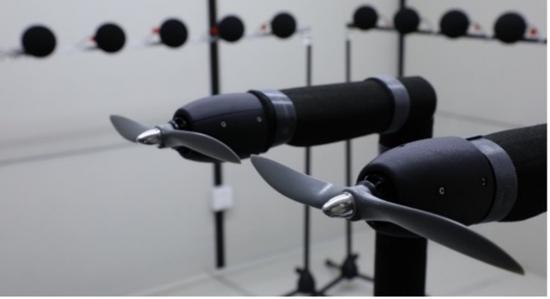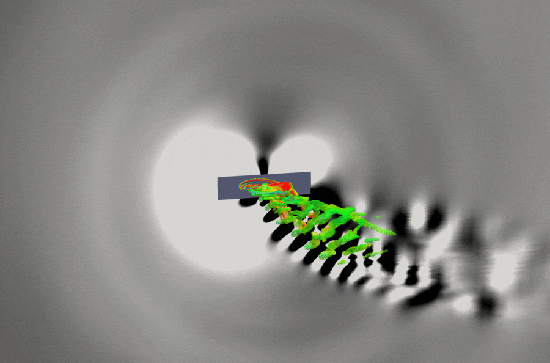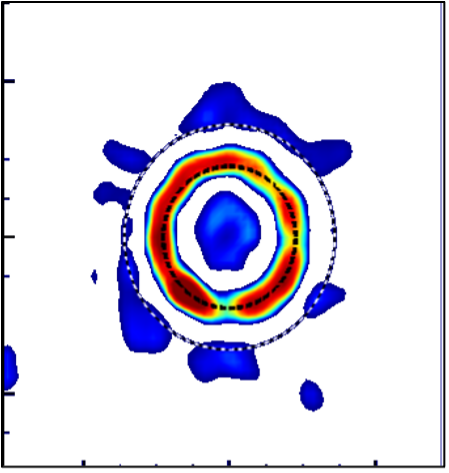Rotor aeroacoustics
Last updated on April 6, 2022
Systematic rotor noise study is conducted in AANTC including analytical measurement, numerical simulation and experimental measurements. Theoretical noise prediction models are developed to compute the noise radiation from propellers at different working conditions. Recently, the effects of unsteady motions and uncertainty factors are considered in the theoretical model.
The numerical simulation is mainly based on the acoustic-wave preserved artificial compressibility method to compute the sound generation in different working conditions. The study leads to low-noise blade designs. The experimental study is based on the anechoic facilities in the group. The effects of blade geometry, low-noise treatment and wind conditions are systematic
Different rotors are designed in AANTC, and the aerodynamic and aeroacoustic performances are measured. Some data study are available for academic purposes upon reasonable request.


